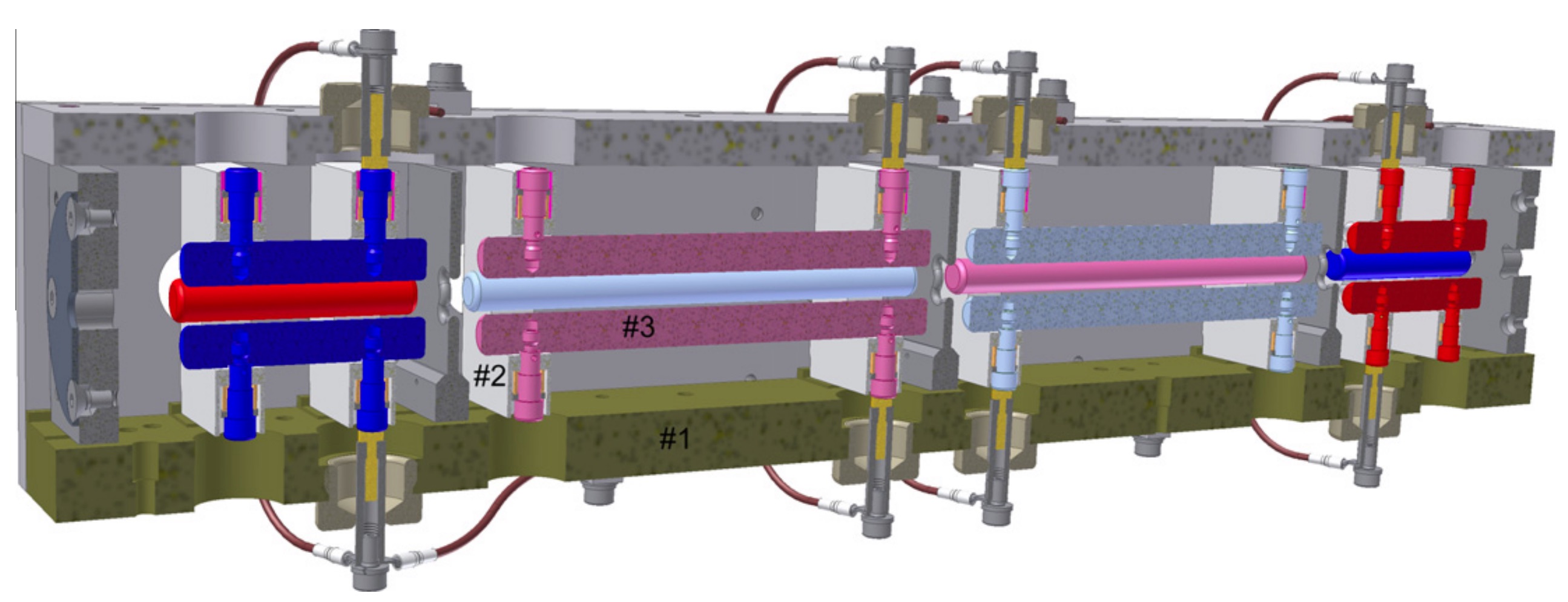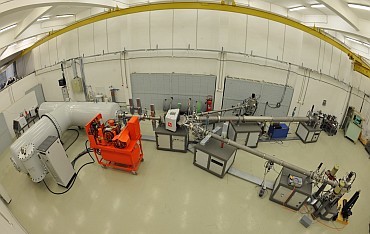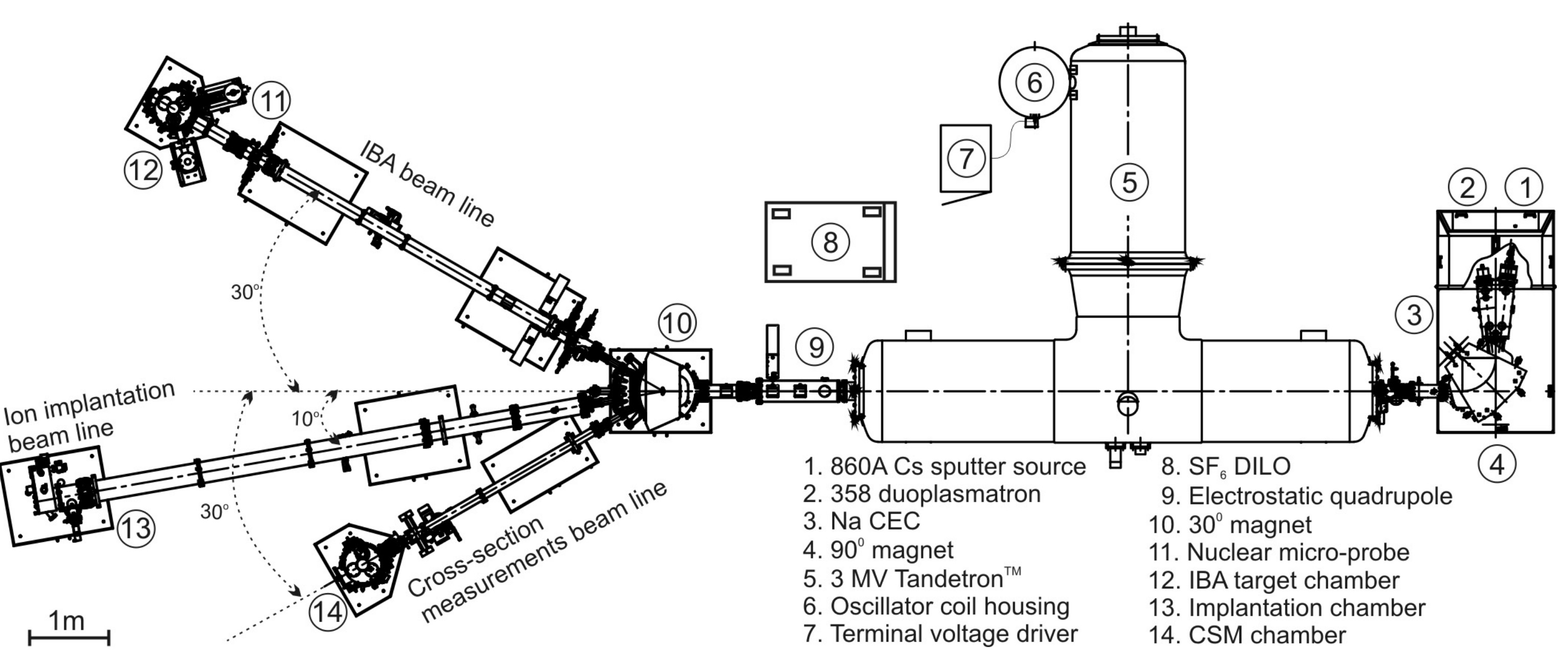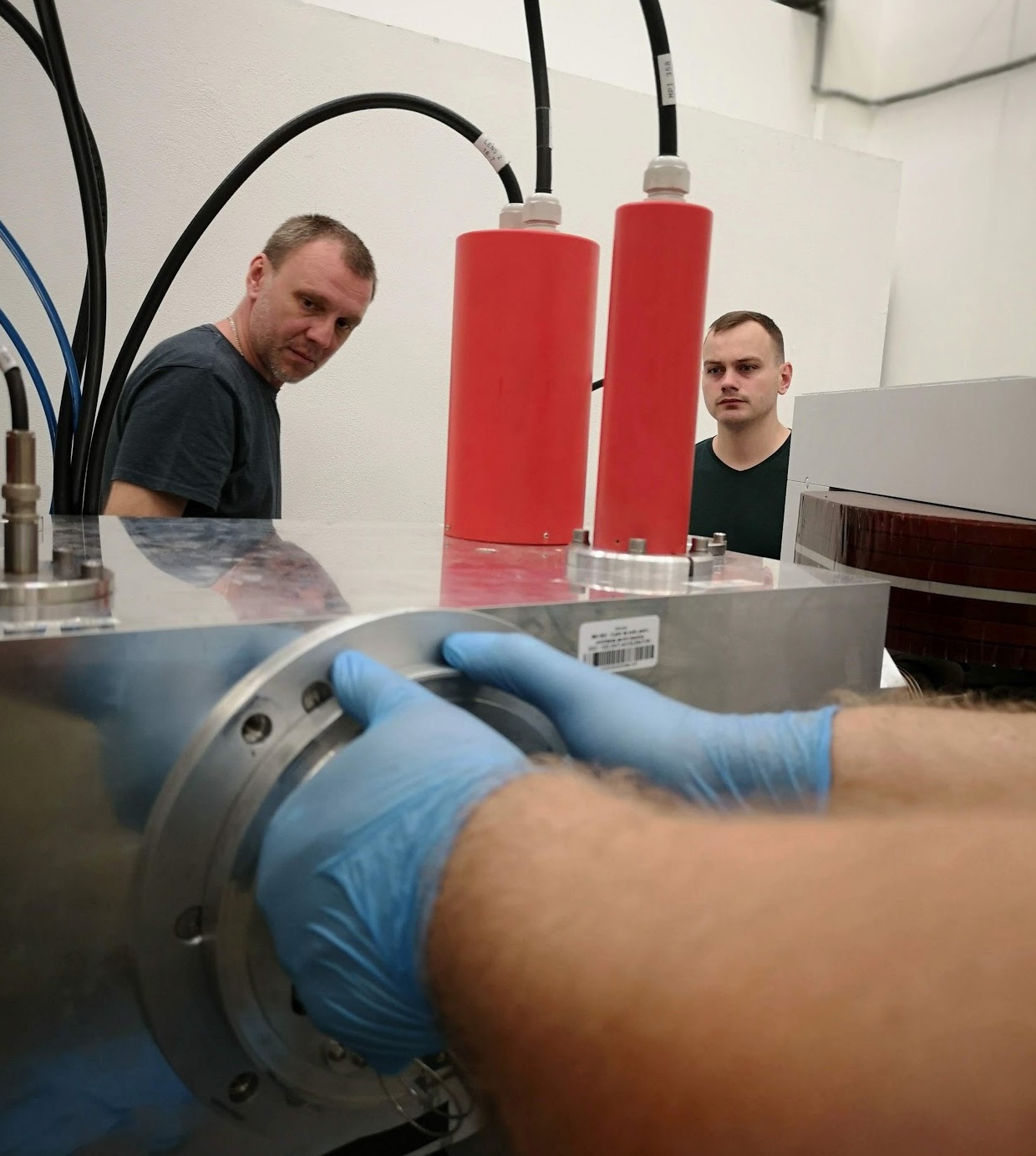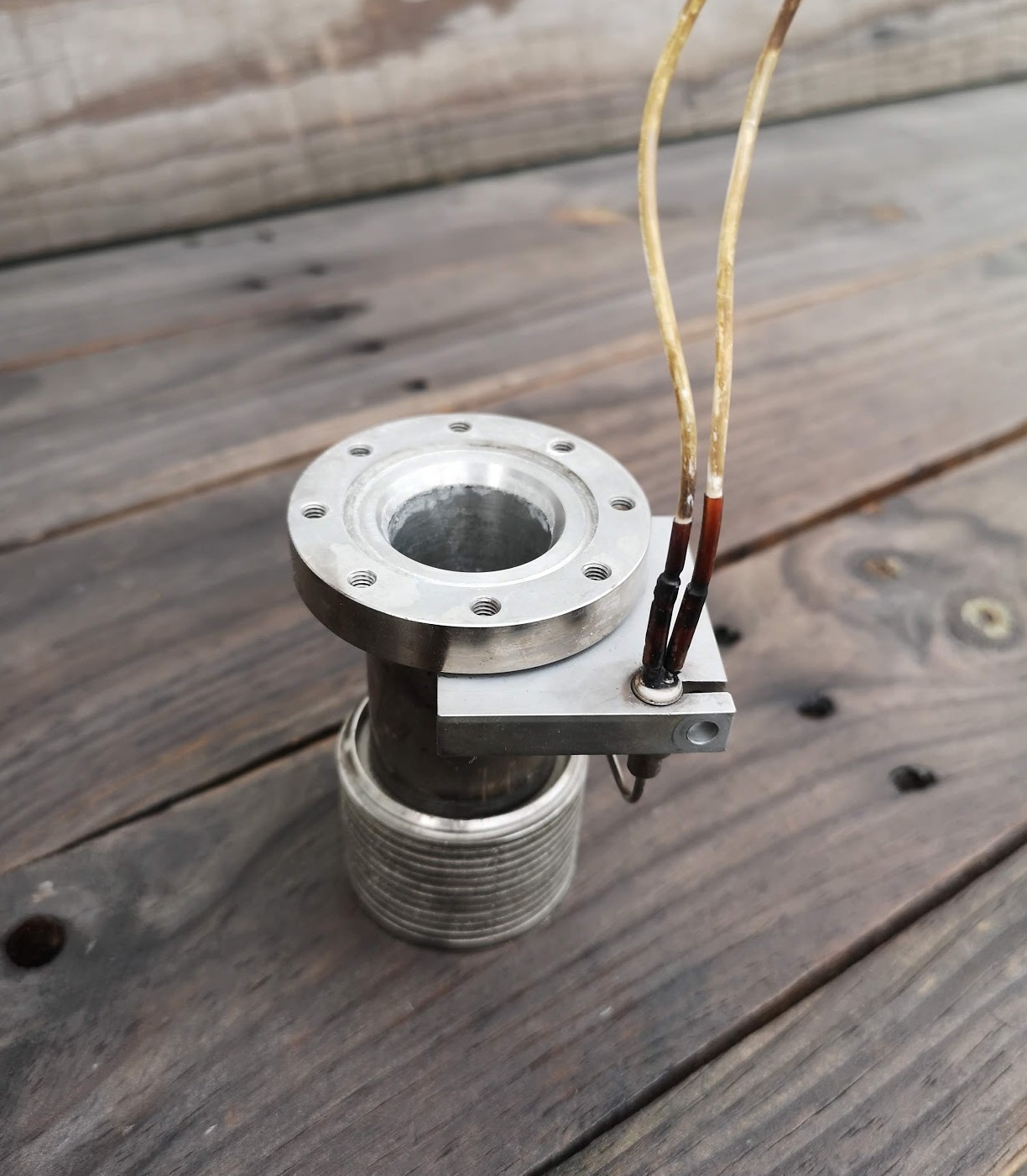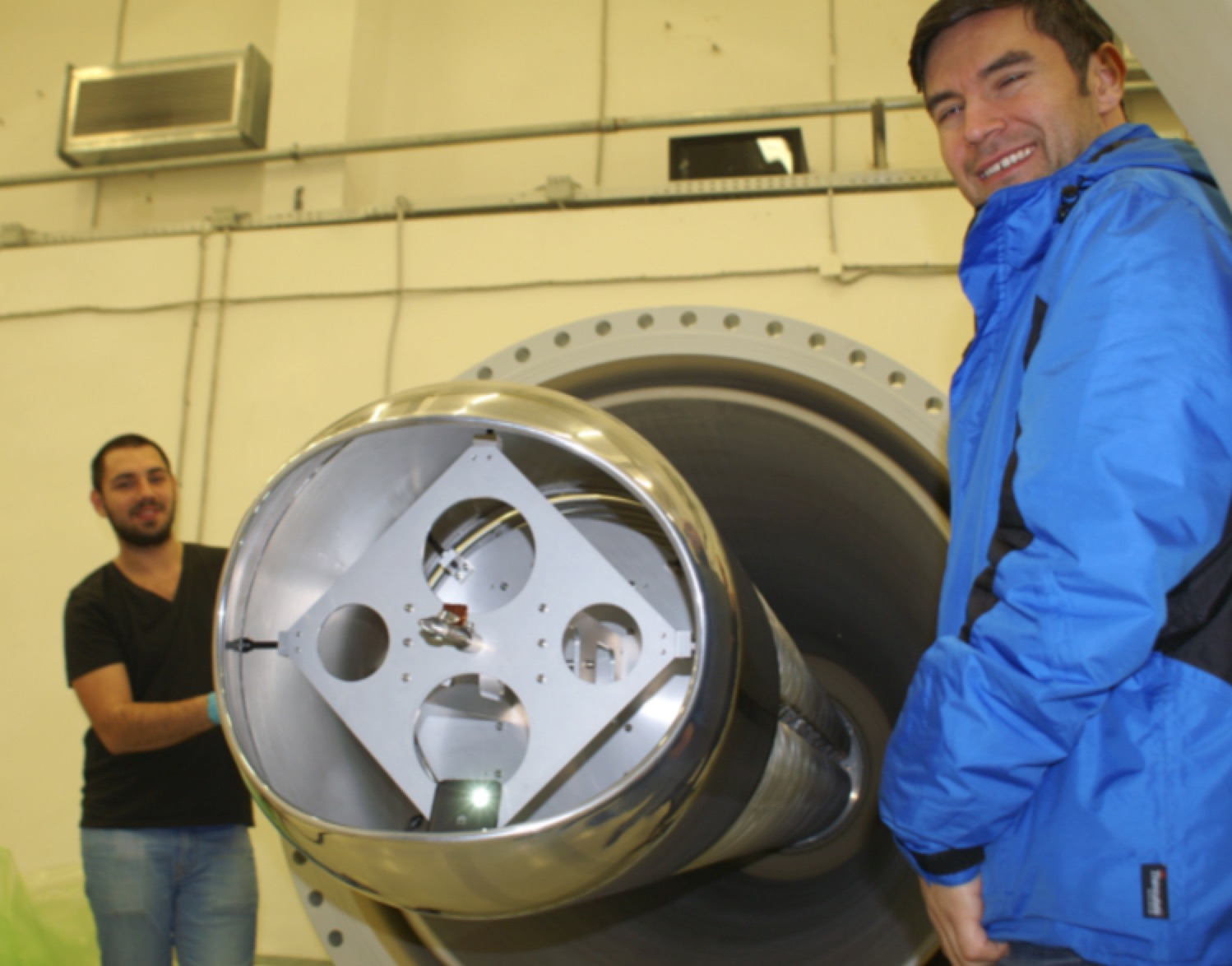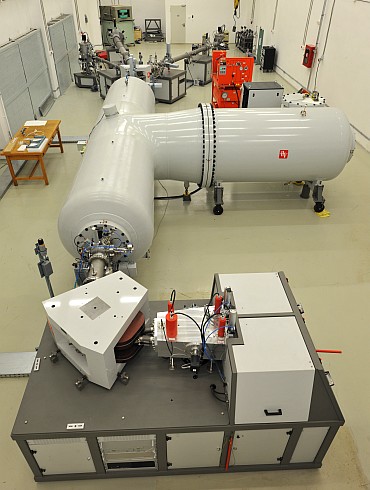
Description
The 3 MV Tandetron Accelerator, manufactured by High Voltage Engineering Europe B.V., was installed and commissioned in 2012 and is mainly dedicated to applied research [1]. This installation is fully equipped to perform studies of materials with accelerated ion beams (IBA - Ion Beam Analysis), ion implantations (IIB - Ion Implantation Beam-line) and radiation resistance tests for various types of advanced materials, as well as cross-section measurements (CSM-Cross-Section Measurements), of nuclear astrophysics interest.
The 3 MV Tandetron has three experimental beam-lines, each with a reaction chamber containing all the necessary equipment:
- IBA studies: charged particle detectors for Rutherford backscattering spectrometry (RBS) and elastic recoil analysis (ERDA), SDD detectors for X-rays used in particle-induced X-ray spectroscopy (PIXE), semiconductor detectors (HPGe - High purity germanium) for γ radiation (PIGE) and Markus ionisation chamber used in the dosimetry required for radiobiology experiments.
The IBA line also contains a set of four electrostatic quadrupoles, with the help of which the ion beam can be focused up to a diameter of the order of microns.
- implantation/irradiation experiments with ion beams: electrostatic ion beam sweep system in the XY plane (17x17 cm2), with four Faraday cups that can determine the fluency with an accuracy better than 98%.
- Cross-Section measurements beam-line (CSM) that can be used for various experiments. The line can be equipped with: HPGe detectors, Si detectors for charged particles, collimation system and Faraday Cups for optimizing ionic optics and accurate determination of beam electric current.
